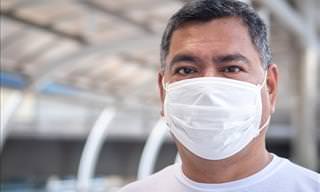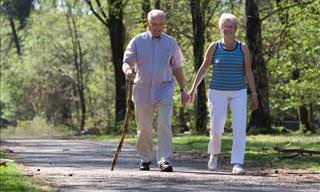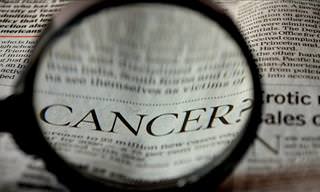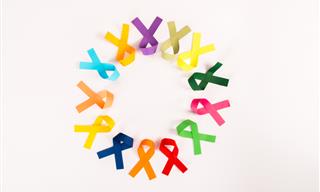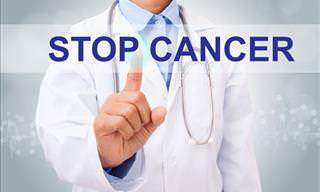Cancer, like we well know, is a dreaded disease. It is estimated that every year, on average, almost 10 million people die from cancer. It is easily one of the world's largest health problems that has a major impact on society, too. Now, you must have heard conflicting reports about cancer prevention. Various cancer-prevention studies have surfaced online over the years that often recommend contradictory tips. The thing is, cancer prevention is still evolving and new measures to stop the disease keep emerging.
For instance, the American Cancer Society (ACS) has released a new set of guidelines recently for reducing the risk of cancer. Our chances of developing cancer are affected by the lifestyle choices we make. A few simple changes in our way of living can go a long way in helping us remain cancer-free. These new guidelines should certainly help in that regard.

Take a look at the new guidelines for cancer prevention
The recommendations from the American Cancer Society focus on increasing physical activity and establishing healthy eating patterns at every age. Let’s take a closer look at some of the important points from their recommendations list.

* Adults should engage in 150‐300 minutes of moderate‐intensity physical activity per week. Alternatively, they can indulge in 75 to 150 minutes of vigorous-intensity physical activity per week, or a similar combination. It is also vital that one should achieve the upper limit of 300 minutes. They have also recommended that children and adolescents engage in at least 1 hour of moderate or vigorous‐intensity activity each day. Encouraging healthy habits like cycling, walking, and visiting parks is also suggested.
* It is advisable to avoid alcohol. Previously, the ACS had proposed limiting daily alcohol consumption to one drink for women and two men. However, now they advise avoiding alcohol completely. The reason for this change is that it has now come to light that alcohol consumption is the third major cancer risk factor after tobacco use and obesity. If you cannot avoid drinking alcohol, then you must limit it. Ideally, one drink per day for women and two drinks per day for men is the upper limit.

* Follow a healthy eating pattern at all ages. For this, the ACS proposes consuming foods that are high in nutrients in quantities that can help you maintain healthy body weight. Taking colorful vegetables and fiber-rich legumes (such as beans and peas), whole fruits with a variety of colors, and whole grains can be extremely beneficial in this regard. The ACS also suggests removing the following foods completely:
- Red and processed meats
- Sugar-sweetened beverages
- Highly processed foods
- Industrially produced grain‐based desserts
- Ready‐to‐eat or ready‐to‐heat foods
- Snack foods, candy, and refined grain products.

* Sedentary behavior must be limited. This includes sitting, lying down, and watching television, and other forms of screen‐based entertainment for extended hours.
According to the ACS, the guidelines reflect the current science that dietary patterns instead of specific foods are essential to reduce the risk of cancer while also improving one’s overall health.
“There is no one food or even food group that is adequate to achieve a significant reduction in cancer risk,” said Laura Makaroff, DO, the American Cancer Society’s senior vice president of prevention and early detection in a press release. “Current and evolving scientific evidence support a shift away from a nutrient-centric approach to a more holistic concept of dietary patterns.”
Why proper nutrition is so important in preventing cancer

Since the new guidelines have come up, many people have become a little confused particularly about the points regarding healthy eating patterns. Many want to know what they should give up in their diet now.
Leading dieticians say that people must carefully consider what these guidelines mean. Because even the small shifts we make in our eating patterns and how we work towards them can go a long way in improving our health. Also, bear in mind that many of these suggestions have remained quite similar for some time now. They have just been presented in a different and more relevant way.
For instance, the recommendation to limit red and processed meats is not new or specific to a diet pattern for cancer prevention. Thus, you must remember that reducing red and processed meats and following a plant-based diet doesn’t mean that you have to be a vegetarian to see its benefits.
“Reducing meat is the message we often hear, but don’t forget that means you will need to replace the meat in your diet with nutrient-rich plant-based foods, which we know come with their own health benefits,” says Caroline West Passerrello, MS, RDN, LDN, a registered dietician nutritionist and spokesperson for the Academy of Nutrition and Dietetics.
Emerging evidence also points to the fact that healthy dietary patterns are associated with a reduced risk for cancer. Vital anti-cancer micronutrients include:
- Calcium
- Zinc
- Vitamin A
- Vitamin K2
- Vitamin D
- Vitamin C
- B vitamins.
Also, as mentioned above, vegetables and fiber-rich legumes along with whole fruits can play an important part, too. Obesity is a major risk factor for cancer as well. Experts say that almost 20% of cancers could be avoided by reducing obesity. Thus, eating should be based on our needs and can help us reduce waste. Moreover, it encourages a healthy connection of our minds to our health needs and allows us to lead a more relaxed lifestyle.
Let’s take meaningful steps towards leading a healthy way of life
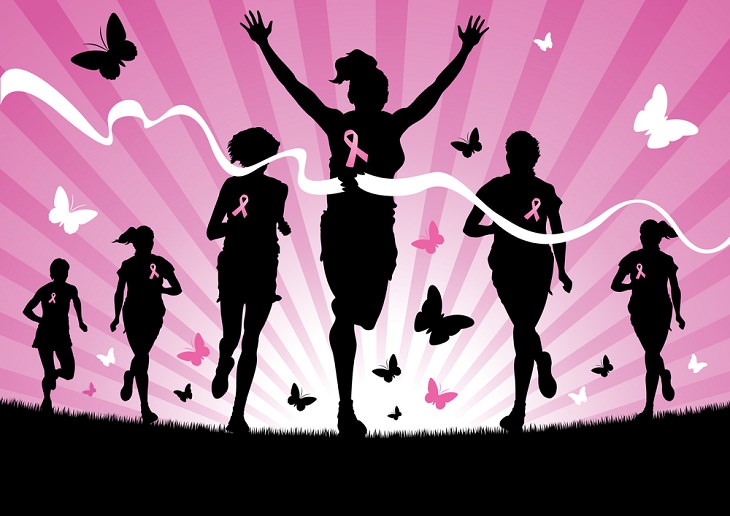
Reducing cancer rates will not be easy, of course. It will require a collective and consistent effort by the healthcare system, media, corporations, and others, to change the behavior of the society. However, following the guidelines recommended by the American Cancer Society will certainly help. Our first goal should be to reduce the obesity epidemic from everywhere around us, focus on getting more physical activity into our lives along with no smoking and eating right. If all of us pledge to incorporate these points judiciously into our life, then we can definitely make a difference in bringing down the cancer rates.
Remember that many cancers are preventable. This increases the significance of exercise, nutrition, and the need for community involvement. The suggestion made for 300 minutes of exercise per week is based on scientific studies that indicate that exercise can reduce the risk of cancer. It can either be done through weight loss and an improvement in lifestyle or by directly stimulating anticancer molecules in the body.
Now, more than ever, it is time to take meaningful steps towards changing our way of life for our own betterment. Let’s encourage healthy habits in our respective communities and inculcate a lifestyle that is not prone to the risks of cancer.
 Go to BabaMail
Go to BabaMail











